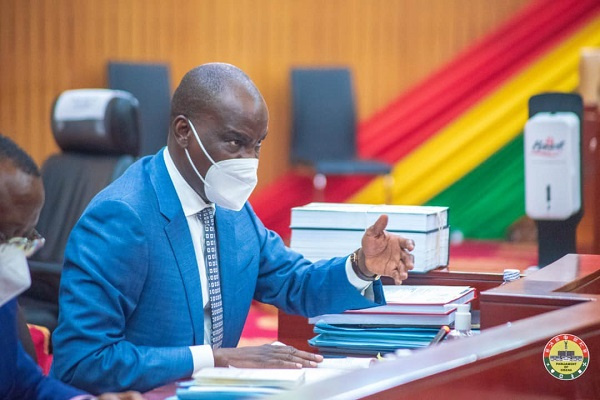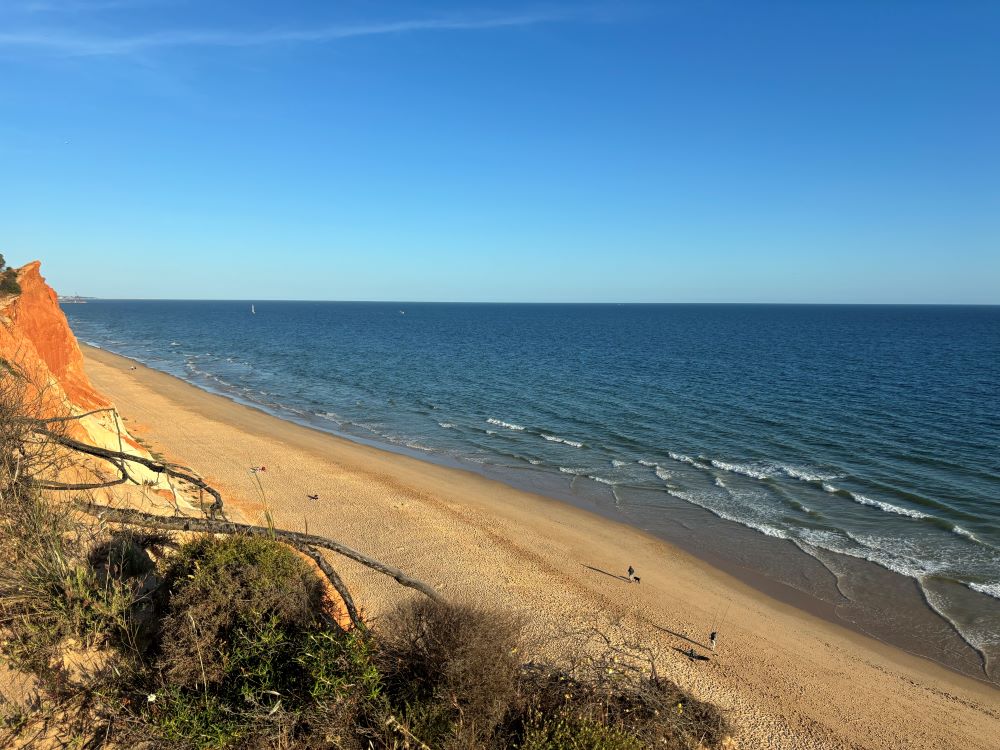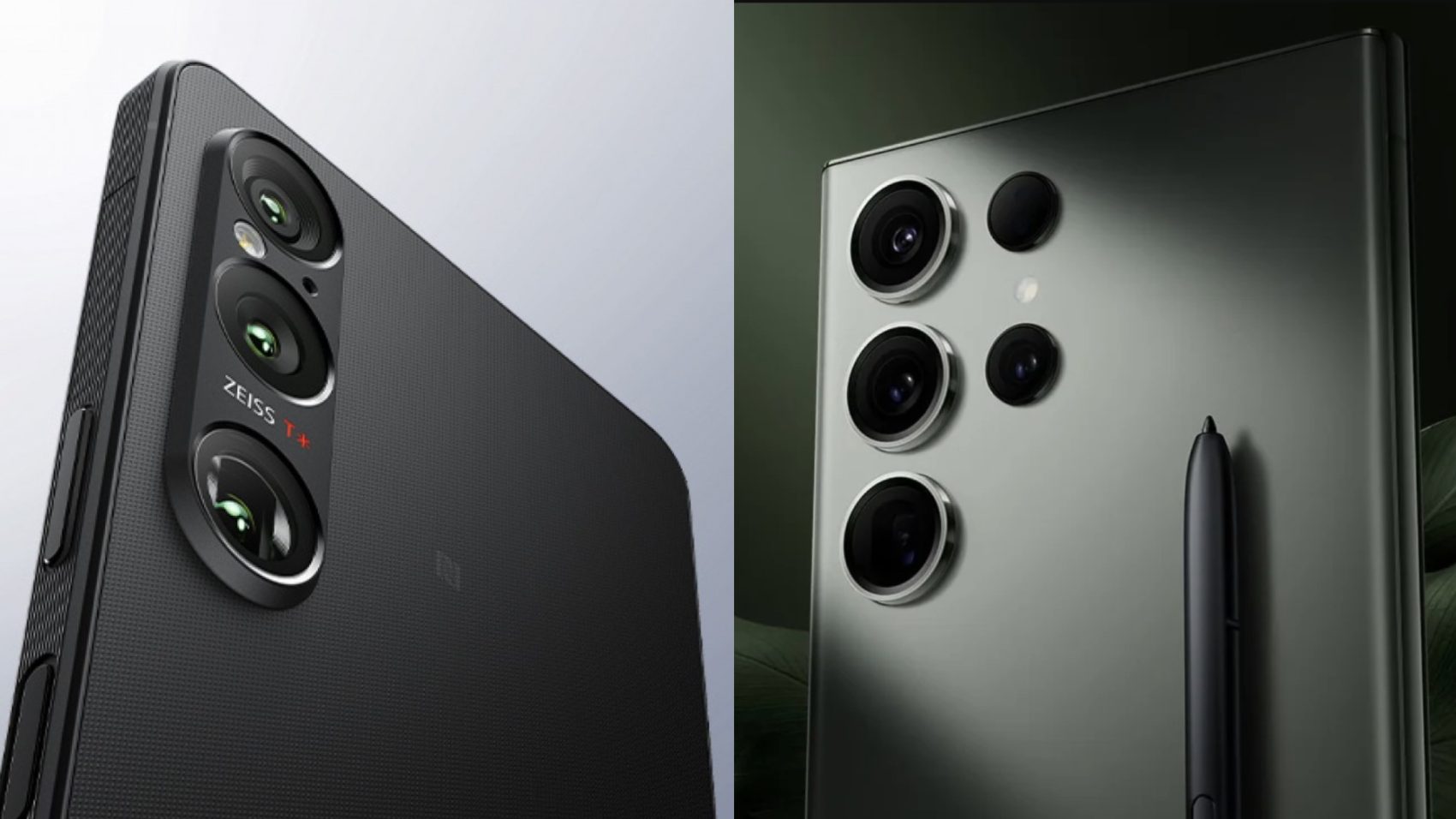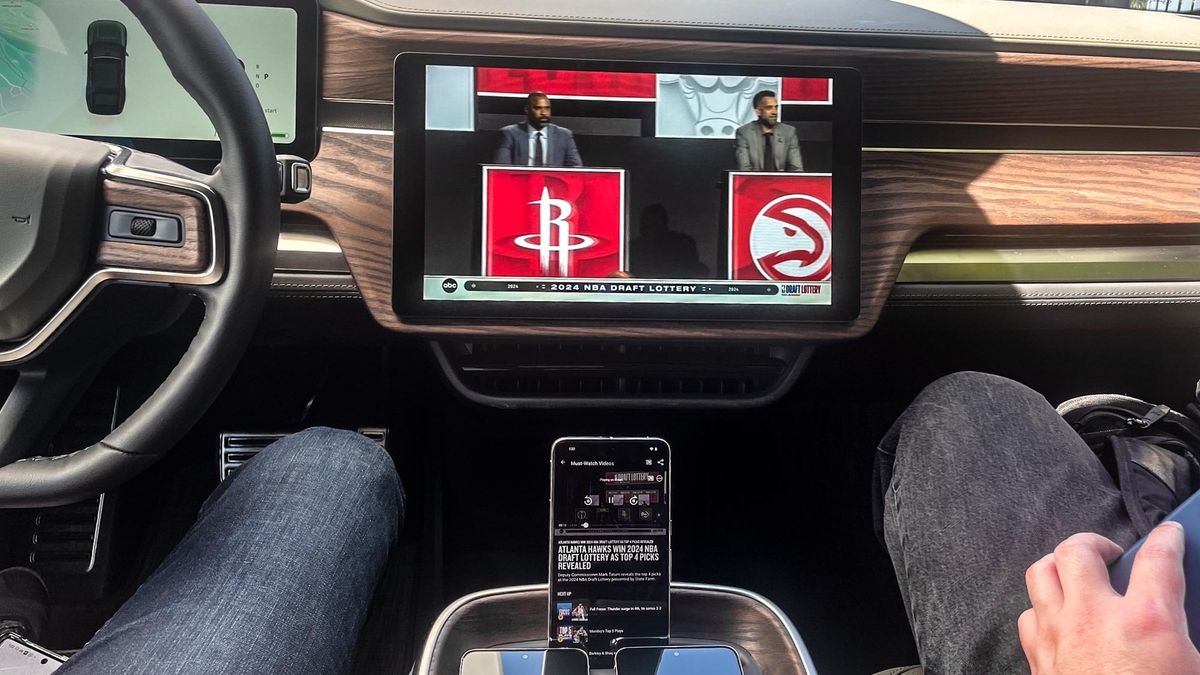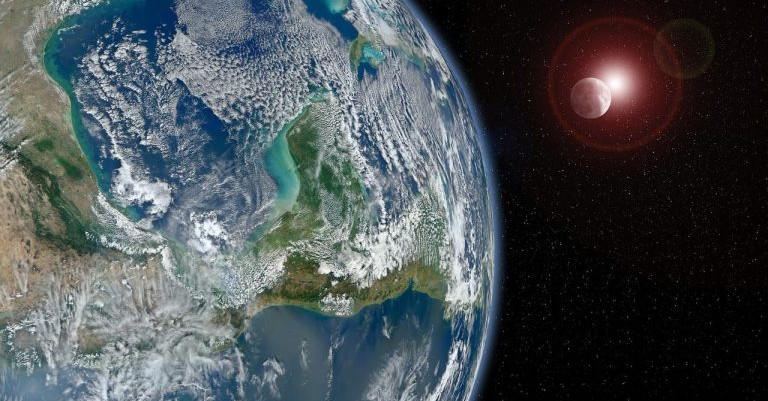Eddie Teller actually wrote an article in the 1990s about the need to cover 1-2 percent of the sun with a large umbrella. István Szapudi's idea and invention is actually an improved version of this, from them earlier I already mentioned Some mediaespecially Scientific websites. The University of Hawaii Institute of Astronomy professor spoke to Narancs.hu while spending his creative freedom in his parochial homeland, Siofok.
magyarnarancs.hu: Is there a solution to climate change?
Istvan Šabudi: This is still impossible to say today, as there is no answer as to whether my idea could be implemented, and if so, whether we want to implement it. Putting solar panels on homes is a small step; My idea is a bigger idea to stop global warming. Since modern times, people have been “sending” more and more carbon dioxide, a greenhouse gas, into the atmosphere, and a greater proportion of it remains in the atmosphere, causing the temperature to rise. We can't influence the Sun to emit less energy (of course this could happen regardless of us; think of the ice ages; there was a smaller era a few hundred years ago, which dropped the Earth's average temperature by about half a degree), but We can influence the emission of smaller amounts of these substances into the atmosphere. Another possibility is geo-engineering the Earth: they are trying to compensate for the radiation, for example there was an idea to scatter dust into the stratosphere and it will reflect a large part of the radiation, or to paint the roofs of all houses white. The third is space geoengineering: the idea of this is that
We cover a small 1-2 percent of the sun with a large canopy.
The problem with the previous ideas, as well as with Teller's Ede, was that very large crowds had to be transported, which was not physically possible, but also increased costs.
magyarnarancs.hu: Is your theory new in that the weights and therefore the costs will be smaller?
SZE: Yes. I imagined the parachute made of a “lightweight” material, graphene, a carbon material that is not only light and thin, but the strongest material. Thus, “only” 35 kilotons should be transported and sent into space, and the counterweight should not be lifted from Earth. By the way, the weight of 35 kilotons is equivalent to the total weight that humanity has carried into space so far. The cost of taking something into space (rockets, development costs, etc.) is decreasing and may continue to decrease rapidly as the years progress and science advances. If we intercept a small portion of the sun with the canopy (1.7 percent by my calculations), the sun's rays, the photons, will hit the canopy, whose job will be to intercept 1-2 percent of the solar radiation, so it behaves like a solar sail. If we put the umbrella at the so-called L1 point between the Earth and the Sun, where the gravitational effects of the Earth and the Sun are equal, that is, there is no gravity there – the solar radiation repels it, so we have to bring it closer so that the Sun's gravity opposes the solar radiation. You have to find the place where these two points balance, because then you can stay there. At the same time, the closer the canopy is to us, the larger and lighter the sun is captured by it. I imagined it like a parachute, so the counterweight should be close to the sun, and the canopy should be closer to us.
magyarnarancs.hu: What will this budget be?
SZI: Or you could bring an asteroid, or even rocks from the moon, and they could also be attached to it. We will connect the graphene display and the counterweight with a string, and this is exactly where the technical difficulty lies. Of course, there are many questions about whether we can produce such continuous, residual graphene, and one and a half million kilometers of tether, also made of graphene.
Assuming we can do this, science fiction and reality may meet for the first time.
I don't know if this will be a solution to climate change, a lot of work is needed and needs to be done (of course this will only reduce global warming, and we will still have a lot of work to do here on Earth). First of all, all scientific questions should be collected (is it possible to install such a gigantic structure in space, transport stones from the Moon, move an asteroid from its orbit so that it is exactly where we need it, etc.), providing only answers is a task Many specialists, and your work will require, of course, tens of millions of dollars, and the creation of a smaller research institute, and it will take several years. If science gives a positive answer, engineering questions and solutions may arise, which require more money. The economic and even political ramifications must be taken into account, but I no longer understand them, and it is not my job to deal with them.

The umbrella can be like this
Source: UH Institute of Astronomy/Brooks Bayes
magyarnarancs.hu: Have you calculated the size of this project?
SZI: By my estimate, it's worth $1 trillion, similar to Tesla for example. It also took twenty years
It would be a good idea to do this in thirty to forty years, before global warming becomes truly critical,
Before the islands actually disappear due to sea level rise, and before hundreds of millions leave for uninhabitable areas. Today there is a general consensus among experts that all this poses a real danger, but in my lifetime it is already possible to see signs of global warming more often. The reality appears to exceed even the most pessimistic scientific expectations in this regard.
magyarnarancs.hu: It is not easy for us outsiders to imagine a space parachute attached to an asteroid, but how did the professionals receive your idea?
He falls: It was published for the first time in the Scientific Bulletin of the American AcademyMy university protected it as an invention. His word has already spread around the world in professional circles, while I am giving interviews to English, German and Japanese newspapers one after another. But that's all for now, I'm personally curious about its professional reception, and even more so about what kind of answers science will provide to the thousands of questions that arise. After all, this is just an idea for now, after all, I am more of a theoretical person, a theoretical astronomer at the University of Hawaii Research Institute, where almost everyone except me is an observation astronomer. As a cosmologist, I think in terms of the universe. I work on maps where the galaxy is a dot, so our Milky Way galaxy with millions of stars is just a dot on my map. Among other things, we study what the very early universe might have been like: for example, we try to infer the Big Bang 13.8 billion years ago from cosmic background radiation.
magyarnarancs.hu: Is it the astronomer's job to deal with climate change anyway?
SZI: No, but it seems to be one of the most serious problems facing humanity today, so it's natural for us to be concerned about it, even if it's just Covid, for example. During the pandemic in Hawaii, I was a member of the COVID Working Group to provide forecasts and advice to leaders making decisions about defense. The idea for the space umbrella came from the street: in Hawaii, many people use umbrellas even when walking on the street in the midday light, and also against the sun's rays.
On the extent of the technological challenge represented by the idea of a space parachute, A rocket An online science magazine gave an example: With the current record holder Saturn V, for example, 140 tons could be delivered to low Earth orbit during the Apollo program, but the most advanced machine currently, moreover, not yet completed, Starship, has Transport capacity is only 250 tons. The difference is still significant, but it may no longer fall within the category of science fiction. As for the asteroid, NASA recently successfully demonstrated that we can change the trajectory of such a celestial body. The US Space Agency's asteroid interception satellite has collided with an asteroid currently orbiting about 11 million kilometers from Earth. Through the test, NASA investigated whether it would be able to shift the 163-meter-diameter asteroid out of its orbit by directing a 570-kilogram spacecraft toward it at a speed of 23,000 kilometers per hour.
Business card
István Sabaudi has already spent his fifth year at Johns Hopkins University, and his first job was at the University of Chicago. After a detour in England and Canada, he ended up in Hawaii in 2001. By 2008, he had reached the top rank of professor at the University of Hawaii's Astronomy Research Institute. In recent weeks, during his creative freedom, he has been researching and teaching at the Astronomy Research Institute in Budapest as a guest professor at the Hungarian Academy of Sciences. His father, the writer and journalist András Šabudi (1939-2001), and his uncle, Joop Panheje (1897-1979), were a university professor like him, and also a Benedictine monk, who prepared Otto of Habsburg for his high school graduation in Spain. In his spare time, István Szapudi draws, shoots short films, and plays jazz guitar in a free jazz formation in Hawaii (but his fellow musicians are waiting for him here too). He says that his art is also defined by time, as time and the process of making a painting are also visible in his photographs. “I've always been interested in relativity; What is time? Is there even time or are we just imagining it? “This is how physics meets art.”











